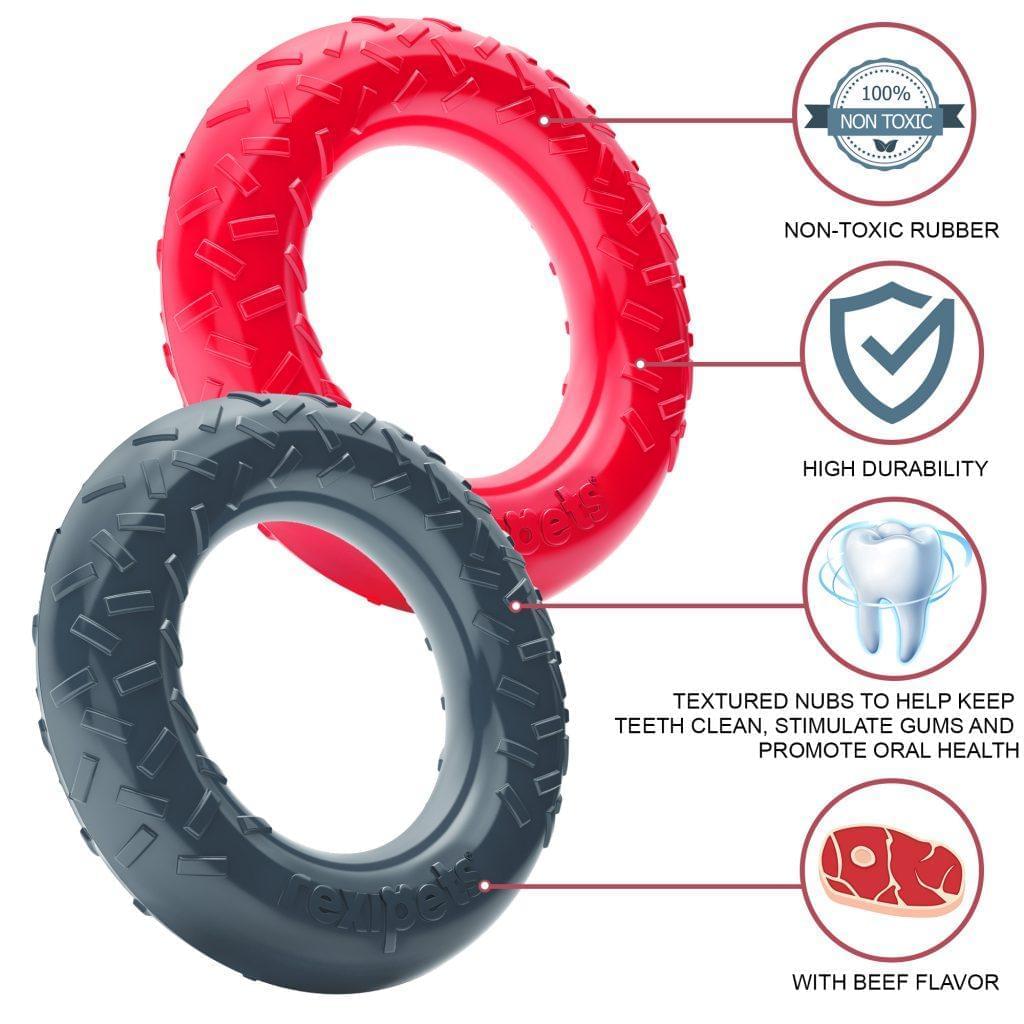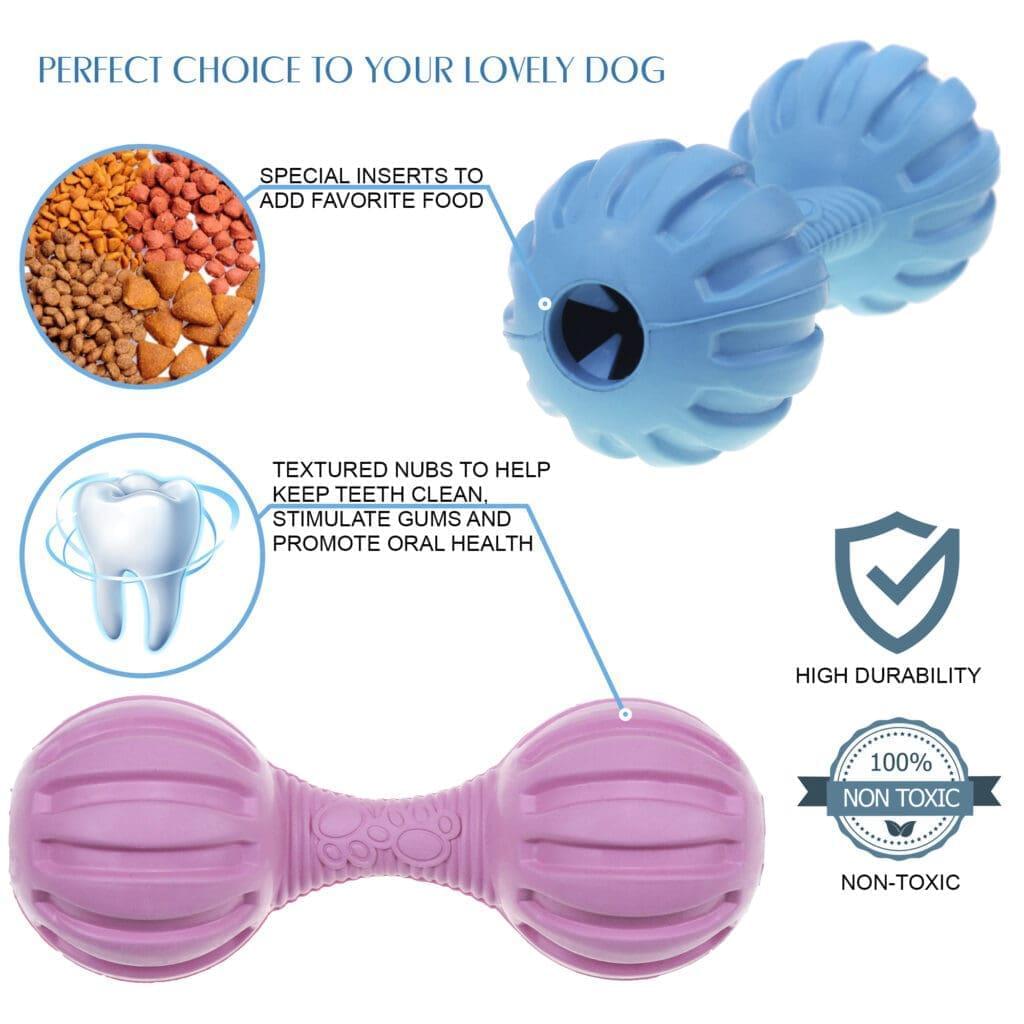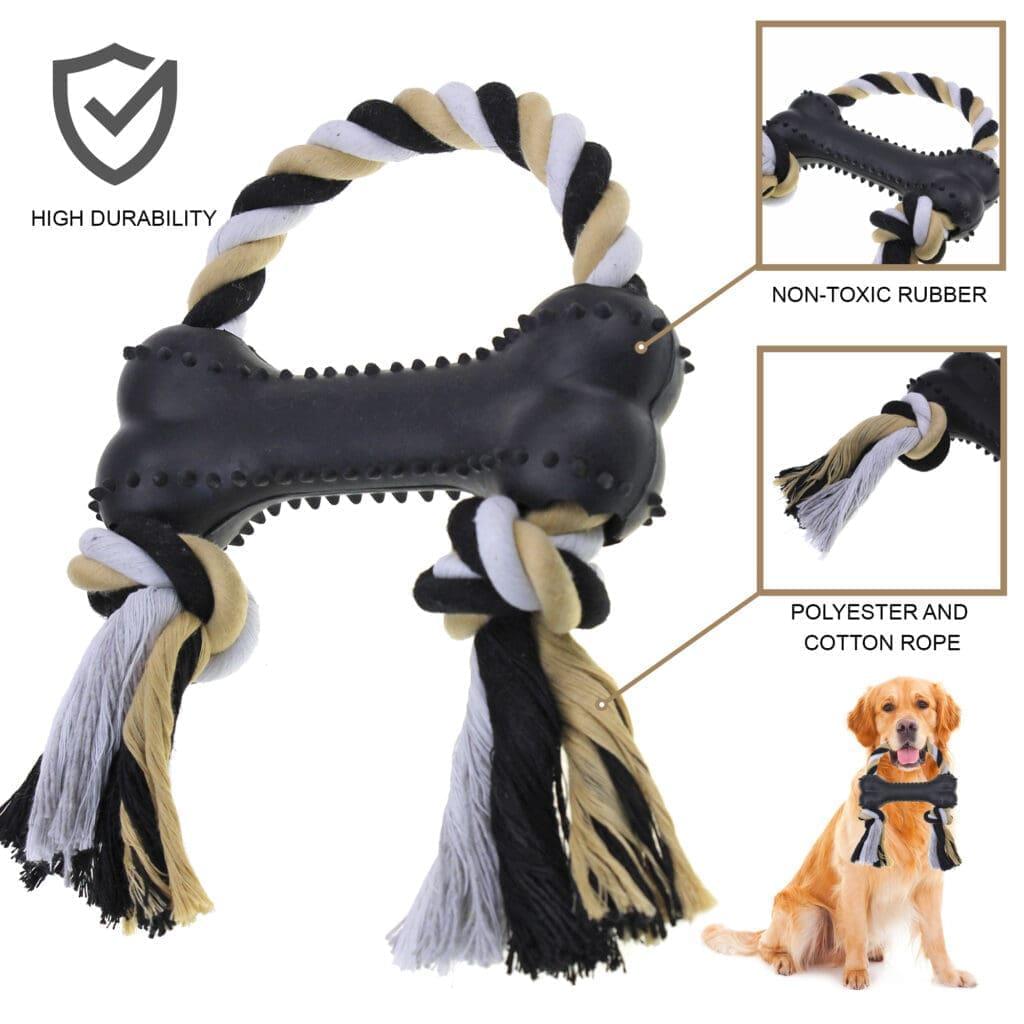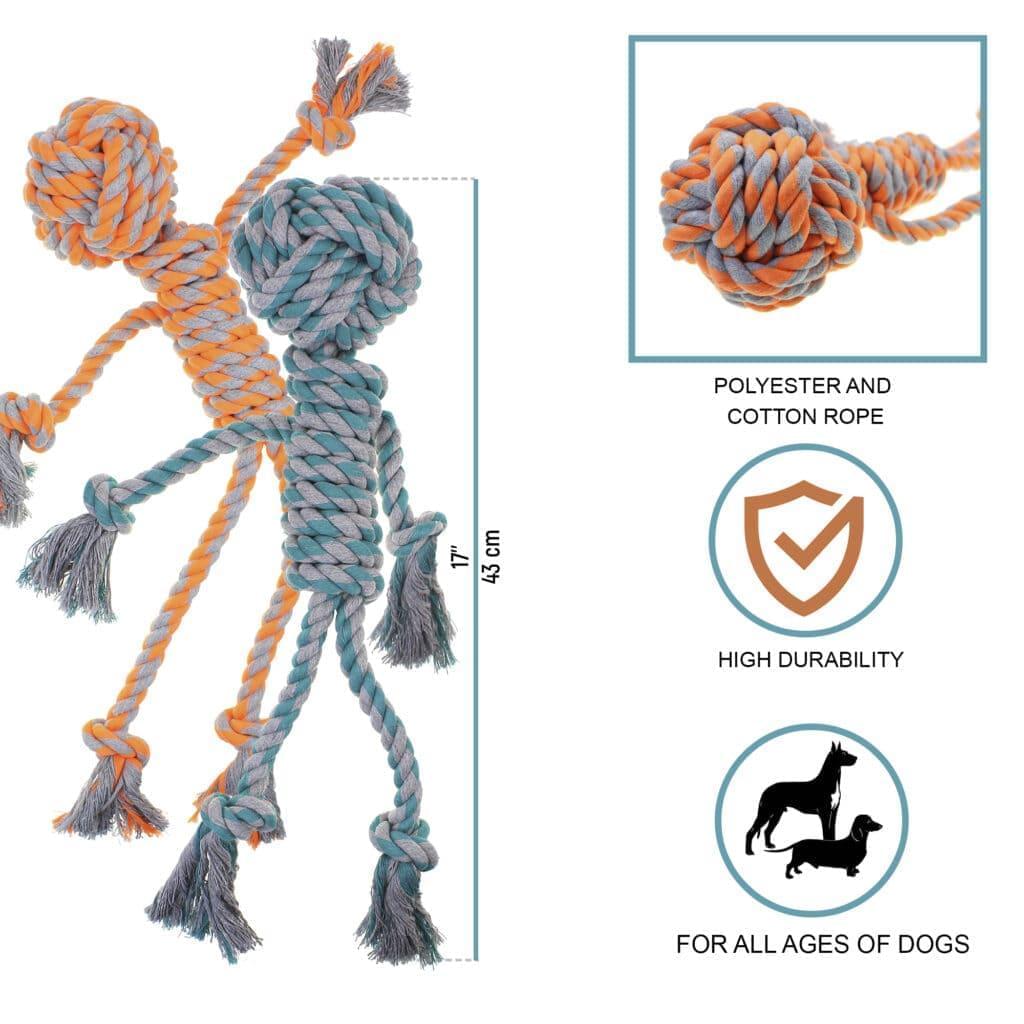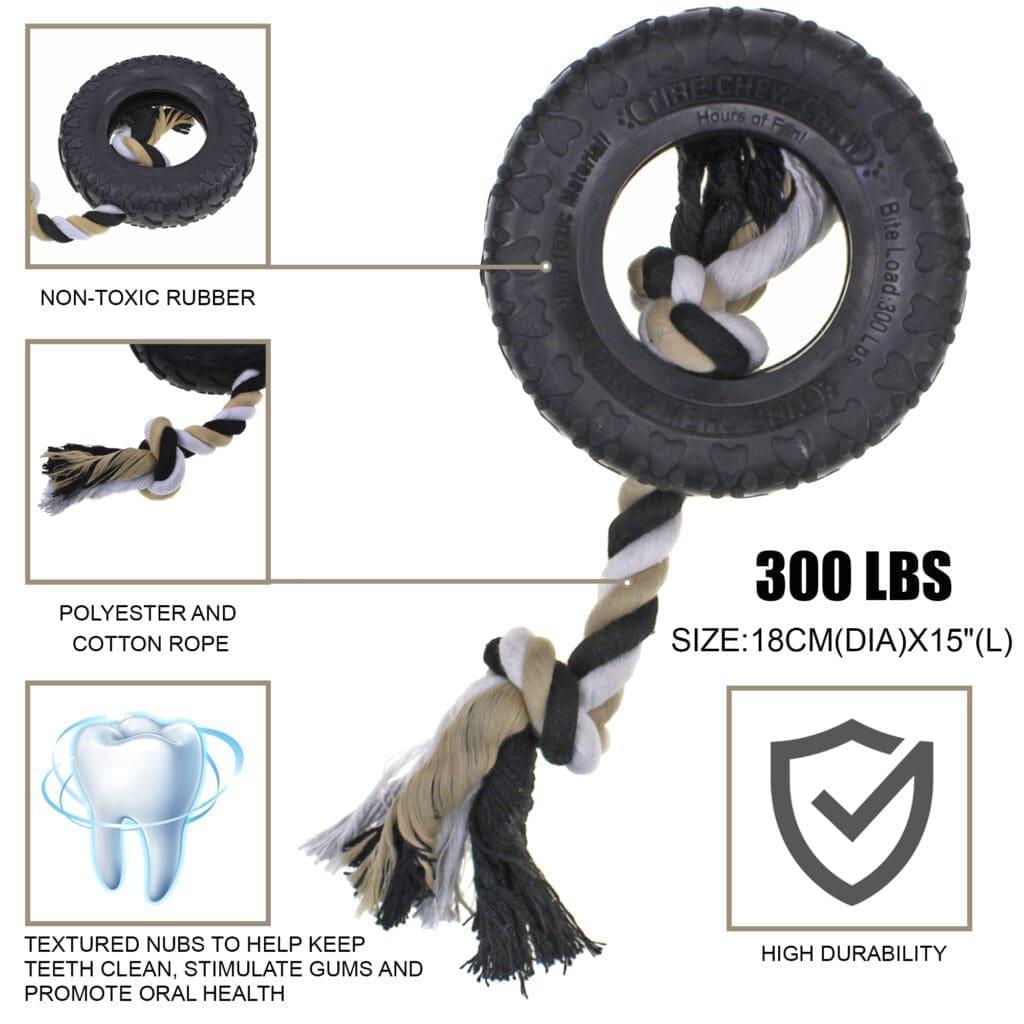
You've finally found the time to go on a vacation. Everything is planned out. Suddenly, it crosses your mind that you haven't decided where to leave your furry friend while you're away.
In that panic, you start calling your friends to be your pet sitter. But nobody is free to take up the task of babysitting your dog. Do you know what will help you in this situation?
Today, we'll tell you everything you need to know about dog boarding.
What Is Dog Boarding?
Dog Boarding is a temporary place for dogs, just like a home away from home. In the absence of their owners, it provides them with a caring environment. Dogs that stay in these institutions are given necessities, shelter, and social playtimes that make them feel comfortable.
In addition, they can participate in social and recreational activities, which enhances their general well-being. You have to select a boarding facility that puts safety and dependability first. It is crucial to make sure that your pet feels at home for the brief time you are gone.
You can ensure your dog gets the proper care and attention by leaving it with a trustworthy facility.
Types Of Boarding
Make sure the boarding option you choose fits your dog's needs, preferences, and personality. It is only possible by selecting an appropriate boarding arrangement. There are a lot of options for pet boarding nowadays. You have to look at all the possible options carefully before selecting one.
Let's have a look at various dog boarding facilities and services.
-
Traditional Boarding Kennels
While traditional kennels provide basics like food, water, and spaces for exercise, they might not have fancy amenities like upscale places.
Even though they're simple, the staff at these kennels always keep an eye on the dogs to make sure they're safe and happy. They also provide grooming or training, which can make the dog happier.
-
Pet Resorts
Pet resorts are like fancy hotels for dogs. They're much fancier than regular boarding kennels. Pet resorts have special rooms just for dogs, where they can sleep and relax. They also have parlor services to keep the dogs looking nice.
Some pet resorts even have swimming pools and offer spa treatments for the dogs! Pet resorts make sure that your dogs have a great time while you're away.
-
In-Home Boarding
It provides a unique alternative to traditional boarding facilities by offering dogs a personalized and home-like environment. This option allows for tailored pet care and attention hosted by pet sitters who open their homes to canine guests.
Dogs staying in such pet boarding facilities become part of the family, enjoying access to comfortable living spaces and outdoor areas. With fewer dogs than commercial facilities, in-home pet boarding locations also provide a quieter and more relaxed atmosphere. This is ideal for dogs who may feel stressed or anxious in more extensive group settings.
-
Veterinary Boarding
Veterinary clinics not only take care of pets' health but also offer places for them to stay, like boarding. Dogs that are boarded at a veterinary clinic are guaranteed to receive treatment from qualified veterinarians. They closely monitor their health and well-being.
Senior pets that require ongoing medication and those recovering from surgery may also enjoy time there. Veterinary boarding lets pet parents entrust the care of their dogs to specialists with peace of mind since it provides access to medical and emergency care if needed.
Pros and Cons of Dog Boarding

Dog boarding offers several advantages and disadvantages:
Pros:
-
Professional Care: Boarding facilities provide professional care, ensuring your dog's needs are met by trained staff.
-
Socialization: Dogs have the opportunity to socialize with other dogs, promoting healthy interactions and preventing loneliness.
-
Safety: Most boarding facilities have safety measures to protect dogs from harm or escape.
-
Convenience: Boarding offers a convenient solution for pet owners who need to travel for long periods or have busy schedules.
-
Additional Services: Some facilities offer grooming, training, or medical care, providing comprehensive care for your dog.
Cons:
-
Stress: Some dogs may experience severe stress or anxiety in a new environment, mainly if they are not accustomed to familiar surroundings or to being away from home.
-
Health Risks: Boarding facilities can be breeding grounds for contagious diseases if proper hygiene practices are not maintained.
-
Cost: Quality boarding can be expensive, particularly if additional services are required.
-
Lack of Individual Attention: Dogs may receive a different level of attention in busy facilities than at home.
-
Adjustment Period: It may take time for dogs to adjust to the boarding environment, leading to initial discomfort or behavioral changes.
How to Prepare Yourself for Dog Boarding?
Before starting your dog's boarding adventure, taking some time to prepare can ensure a smooth and worry-free experience for both you and your furry friend.
Here's a detailed guide on how to get ready:
-
Research
Research different boarding facilities to find one that aligns with your dog's needs. Search for reviews and recommendations from other pet owners to help inform your decision. Consider location, facility amenities, staff qualifications, and special services, such as grooming or training.
-
Visit
Plan a visit to the boarding facility. This lets you see the environment firsthand, ensuring it's clean, safe, and suitable for your dog. It's also an opportunity to meet the staff and ask any questions you may have.
Take note of the cleanliness of the facility, the size and condition of the dog kennels or sleeping areas, and the availability of outdoor space for exercise and other playtime together.
-
Book in Advance
Boarding facilities can fill quickly, especially during holidays or peak travel seasons. To secure your dog's spot, book well in advance to avoid disappointment. Consider scheduling a trial stay or booking a short visit before your actual trip to ensure you and your dog are comfortable with the facility and staff.
-
Provide Information
It's essential to provide the boarding staff with comprehensive information about your dog. This includes details about their diet, any medications they take, their temperament, and any special needs or preferences they have.
Don't forget to write down your dog's feeding schedule, allergies, and behavioral quirks or preferences, such as favorite dog toys or activities.
-
Pack Essentials
Pack a bag with all your dog's essentials during their stay. This includes their regular food, special treats, medications, favorite toys, bedding, and any comfort items to help them feel at home.
Label your dog's belongings with their name and contact information to avoid them getting lost or mixed up with other dogs' belongings.
-
Update Contact Information
Ensure the boarding facility has up-to-date contact information for you and emergency contact details in case they need to reach you during your dog's stay. Provide multiple ways for the boarding facility to get you, such as a cell phone number, email address, and a backup contact person who can assist in an emergency.
-
Stay Positive
Dogs are sensitive to their owners' emotions, so try to remain positive when dropping them off. Reassure them with a cheerful tone and demeanor to help ease any anxiety about being away from home.
Avoid lingering or showing signs of distress, as this can make your dog more anxious about staying at the boarding facility.
-
Follow Instructions
Listen carefully to the boarding staff's instructions for drop-off and pick-up times and any specific guidelines or routines for caring for your dog. Following these instructions will ensure a smooth transition for your furry friend and help the staff provide consistent care.
Provide written instructions for any special care or routines your dog requires, such as administering medication or following a specific feeding schedule.
-
Stay Connected
If you're feeling anxious about leaving your dog, don't hesitate to check in with the boarding facility for updates on how they're doing. Many facilities offer photo or video updates to give owners peace of mind while away.
Set up regular check-ins with the staff to receive updates on your dog's well-being and ask questions or address any concerns you may have.
-
Relax
Finally, trust that your dog is in good hands, and try to relax and enjoy your time away from home. Boarding facilities are equipped to provide excellent care for your furry friend, allowing you to fully enjoy your trip knowing they're being looked after well.
Take this opportunity to rest and recharge, knowing your dog will be waiting for you with a wagging tail when you return.
Dog Boarding vs Daycare
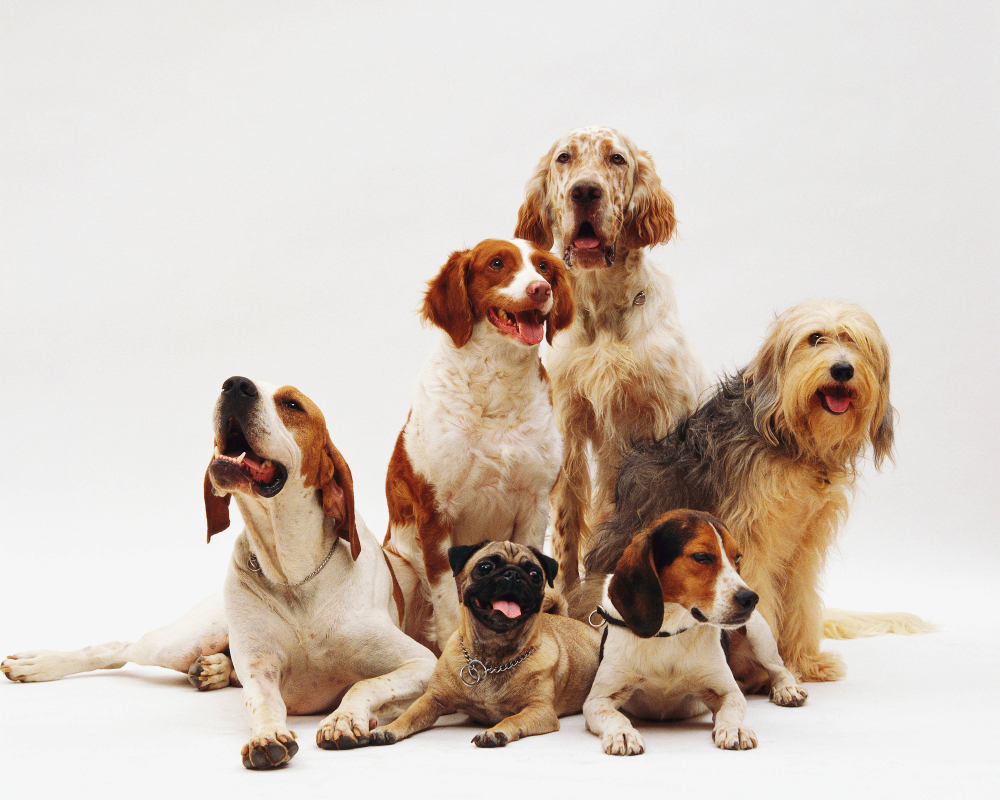
Dog boarding and daycare offer different services for dogs' needs.
Boarding facility
Boarding is like a hotel for dogs, providing overnight accommodation, meals, and 24/7 care when dog owners themselves are away for extended periods. It provides a play area for dogs so that they stay comfortable and happy.
Daycare
Dog daycares, on the other hand, are designed with daytime activities in mind, providing socialization, exercise, and brain stimulation to several dogs while their owners are at work or busy elsewhere. Dogs love activities to keep them occupied, socialize with other dogs, and romp in supervised play sessions.
In accordance with the demands and schedules of their owners, both pet sitting and daycare provide dogs with the necessary attention and company.
Final Words!
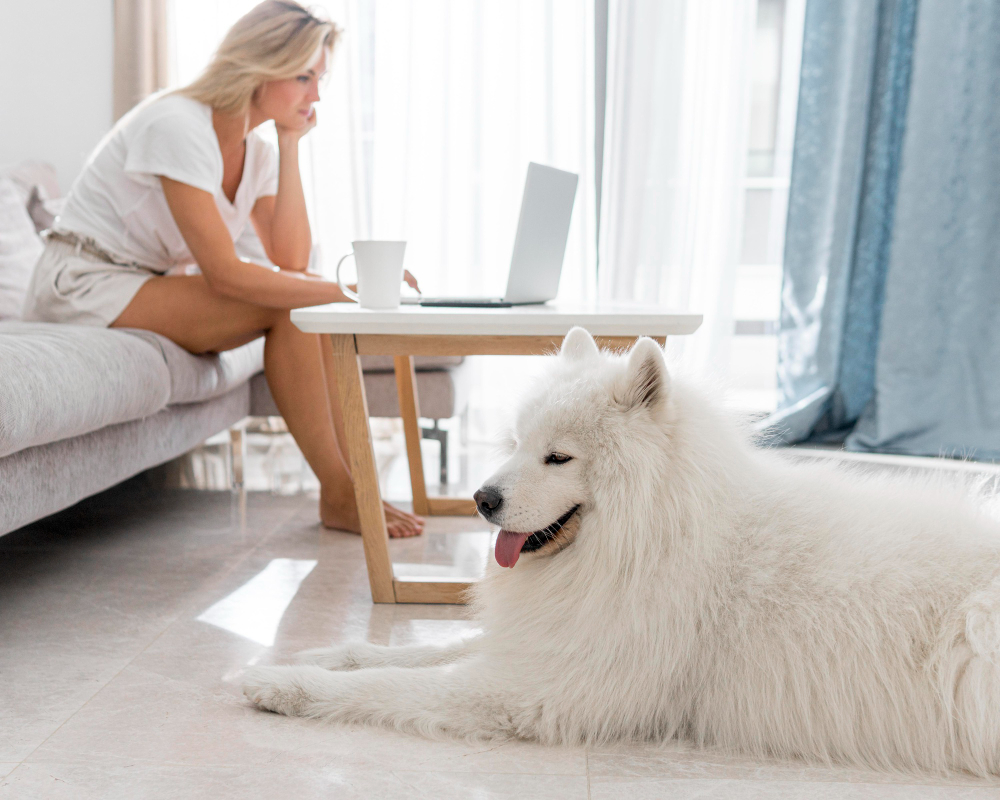
Private pet boarding ensures that your pet receives the care, attention, and socialization they need. By understanding the differences between dog boarding and daycare, you can make the best choice to meet your dog's needs and give yourself peace of mind while you're away.
So, whether it's a vacation, just a few hours during a busy workday, or any other time you need to be away from your dog, rest assured that options are available to keep them happy, healthy, and well treated.









